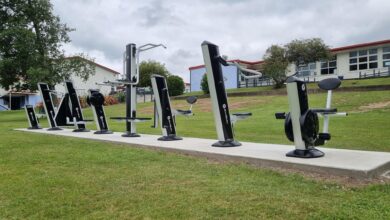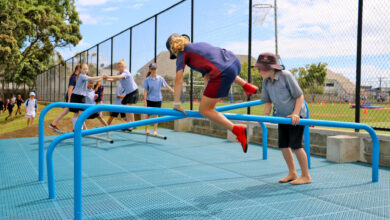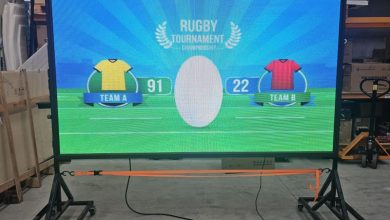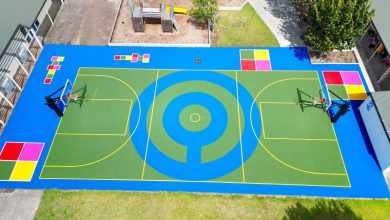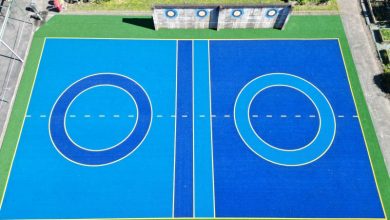Know the score and more
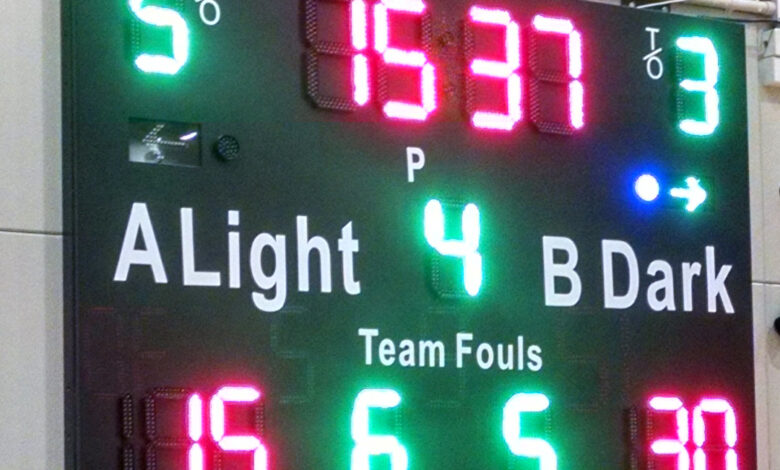
Your school’s sporting fixtures can be elevated to exciting community sporting spectacles with the right elements in place.
A digital scoreboard lifts the experience into an attractive spectator event and, with the technology in this space reaching ever more professional heights, you’ll be attracting a lot more than more supporters on the side-lines.
Moving way beyond the basic manual scoreboard, with number being flipped over by a willing, or reluctant, volunteer, scoreboards have also come a long way from simply displaying digital numerical scores. Some of the very latest video scoreboards can live stream footage, replays, player stats, team info and more. Wider school announcement can be shared, and advertising can even be incorporated into the event, to increase revenue and community involvement at the same time as teams battle it out on the field.
This article is from our Term 4 issue. Click here to read this issue online.
Having more supporters at your school games brings a lot of benefits. Beyond having more voices cheering your teams on to success, a wider presence provides a bigger audience those potential advertisers can reach, for example. The drawcard of having visual technology ‘like you see on tv’ will not only attract more people, but a wider range too, building the diversity and depth of ‘feel-good’ about your school in its community. Kids will love the hi-tech as much as the older spectators who will welcome well-visible scores, replays and match updates.
State of the industry: purchasing and installation trends for school scoreboards and electronic signs
School News spoke with suppliers to the school sector to find out what electronic signage options are trending and collate some tips for schools to consider.
“The ability to promote sponsors is now crucial for schools. Schools don’t just want basic number only scoreboards. They want the flexibility of full LED scoreboards,” said Perennial Managing Director Geoff Boorer, explaining that schools want to use the scoreboards for more purposes than before, since COVID—even using them as information screens to communicate regulations and news to staff and pupils of regulations and general information.
“Schools have used the screens for COVID information, but also for a lot of other things like PTA events, school open days, cinema nights with BBQ, coaching and game analysis.
“With regards to sponsorship, we recommend schools fully utilise the scoreboard as a digital advertising platform. It consists of banner ads, premium full screen ads and highlight animations (for e.g., goals, 4s, 6s, Try, Wicket, etc.), which can be customised. There is also player sponsorship as well as the apps having in-app control of the ads (i.e., changing sponsorship per match).
“We generally advise that schools have a number of sponsors/advertisers, e.g., one main scoreboard sponsor (getting a mix of banner, premium and highlight ads) and a number of sub sponsors getting some of the premium ad slots. Player sponsorship tends to be a separate thing with small sponsor supporting individual players.
“If applying for grant funding, then you can offer the funder premium advertising on the scoreboard in return. The funder’s logo and a thank you can be displayed every time the scoreboard is used.”
Geoff’s top tip for schools heading into 2022: “The sports teachers should acquaint themselves with the software and app connected to their new scoreboard. There are so many things that can be done, from custom layouts and player sponsorship to colour schemes, PDF match reports, etc.”
In terms of spec recommendations, he advised: “Consider which sports will be played and what the viewing distances are likely to be, along with potential usage outside of sport. Higher resolution scoreboards are critical indoors where viewing distances are generally smaller than outdoors.”
WiPath Communications’ Managing Director Craig Meldrum explained to us those electronic scoreboards generally fall into two categories, digital or full matrix.
“Digital (referring to the fact it consists of digits and not to the fact it is electronic) scoreboards can be as simple as 2 x 2-digit scores, with or without a timer, and are generally the more economical. They are fine for sports that just use simple scoring.
“More complex digital scoreboards may also be made up for sports like cricket and basketball which have additional information to display such as shot clocks and team statistics. A full matrix scoreboard, on the other hand, is more like a billboard, monitor, or school noticeboard where the entire area of the screen consists of LEDs and is capable of being fully utilised to display anything from scores to advertising and even video playback if suitably equipped with appropriate controllers.
“While most digital scoreboards generally display generic static team names e.g., ‘home’ and ‘visitor’ or possibly use slide in static team names they can be enhanced with small single line, full matrix displays that allow the team name to be changed dynamically.
“To really gain full flexibility, however, a full matrix display is desirable. Full matrix displays also provide greater sport flexibility in that the same scoreboard can easily be converted from rugby to cricket with a simple software switch.
“It is also possible to provide score modules that enable existing static scoreboards to be upgraded to digital without the additional cost of building a new structure.”
His top recommendations for schools: “Every scoreboard and school sign should be custom built exactly to your school’s requirements. Off-the-shelf solutions can often require compromise. I also think having access to NZ-based in-house software and electronics hardware engineers creates a significant advantage when it comes to customisation, quality assurance and serviceability.”
For Monstavision representative, Ross Moreton, the key trend shift has been schools “moving away from one colour scoreboards to full colour LED screens that enable multiple use, including advertising and sponsorship.
“We see schools working closer with local businesses and working within their communities to open up a mutually beneficial funding arrangement through the use of advertising sponsorship.
“We are currently replacing one-colour scoreboard/shot clocks and projector with new LED video screens. Now the school can score sports with advertising or messaging and hold meetings, assemblies, and movies in the same space. All functions can be controlled wirelessly.”
Ross’s advice for schools is to consider the following questions:
- What is the main function of the scoreboard? What would be a nice-to-have function?
- Where will the main audience be situated?
- What is your budget?
“A full colour wireless solution can enable your scoreboard to deliver a wide range of engaging and interactive content. Some school sports attract more viewers than a Provincial sports team so looped advertising and moments of exclusivity now have monetary value that local businesses and communities can leverage. When not scoring at match the screen can be used to communicate messages, reminders, ads.
“Some scoreboards can be portable and help with wayfinding for opens days or exams, fundraising at fairs, or even just welcoming students back to term.”
His dos and don’ts:
“Be clear on want you want to achieve with your scoring solutions. Work with a company that has proven experience in LED, and that can provide the required ongoing support. The company needs to understand the sports requirements as well as the commercial background to produce the hardware and software to benefit the school. All full colour LED solutions are made to order thus the lead time to manufacture, freight and install should be well considered.
“Top tip: cheapest is not always the best, you get what you pay for.
“Top tip: ask for references of LED installations.”

